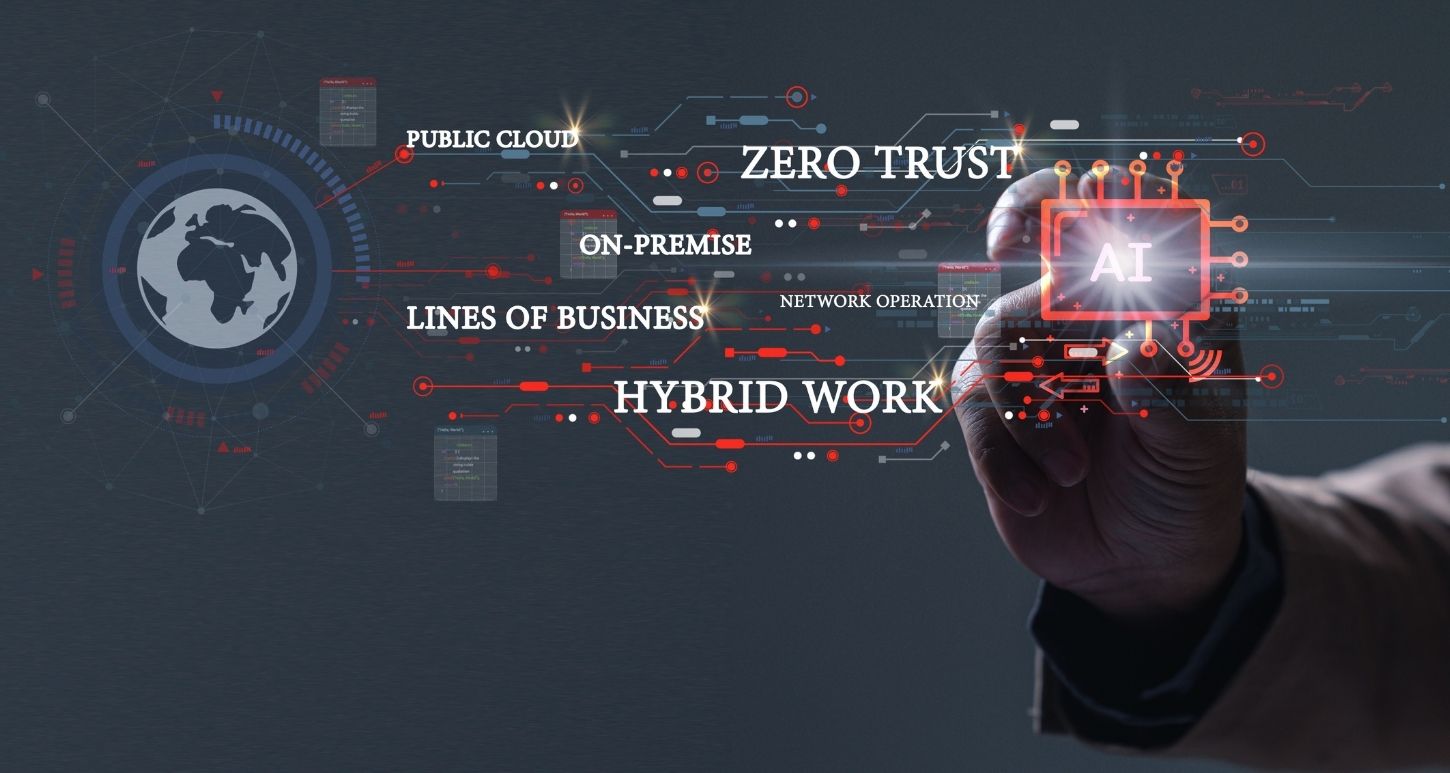Imagine a world where you come home and toss your car keys, jacket, clothes, wallet, et al., into a bin that would smartly send each to where it belongs—closet, key hook, shoved under the bed, etc. The next morning, when you’re getting ready for the new day, everything is exactly where it should be. No more fishing around for items vying to make you ashamedly late for your 8 AM meeting. Sound too good to be true? Well, it is, at least at home. But in the IT world, not so much.
The IDC estimates that within the next six (6) years—by 2025—the amount of data will reach a hundred sixty-three (163) zettabytes. That’s about two thousand percent (2,000%) more than today’s tally. Organizations that know how to use their proliferation of data will be able to better develop new sources of revenue and service customers, and become more competitive. That’s where Intelligent storage steps in.
It’s more than intelligent; it’s a game changer
As its name suggest, intelligent storage is just that. Through Al and machine learning, intelligent storage learns—intelligently, of course—behaviors and adapts to its environment. The result is easier, better management of the mountains of data your organization produces daily. Intelligent storage helps you extract actionable insights, understand where data can be best positioned and provides recommended actions, or automatically makes them, while allowing your IT organization to focus on other projects or initiatives. It can be deployed as hardware on-prem, as a virtual appliance or as a cloud service.
The less-than-intelligent traditional storage system
Traditional storage systems place no priority on certain types of data, which means when it’s needed the time-consuming, cumbersome search begins. And depending on the data (see sensitive), it can be nerve rattling, as well. Intelligent storage removes these headaches; it understands workloads and what they need, adapts to changes and makes it easy to support and manage.
When data was stored primarily in datacenters, it did its job pretty well. But data has moved far outside the datacenter perimeter. Now it exists everywhere—in private and public clouds, and at the network edge in mobile devices, sensors, even vehicles. And that data needs to be moved to where it can be processed and easily accessible to the end users who need it, and need it now. Tackling today’s data demands with traditional storage is like taking a broken abacus into a CPA exam.
In the cloud, in the datacenter, at the edge—that’s Intelligent Storage
Two (2) years ago, The Economist made this now famous proclamation: “Data are to this century what oil was to the last one: a driver of growth and change.” It’s difficult to argue the point, except for one (1) small thing—the oil supply is limited; we’re slowly running out. Data is the exact opposite. Not only will it continue to grow, but it’ll do so exponentially. So, isn’t it important to know how to best store, transfer, access, analyze and secure it?
Make an intelligent decision about Intelligent Storage—give these folks a call
If you’d like to learn more about how intelligent storage can get your data where it needs to be, so it can be easily accessed, organized and analyzed, contact the storage experts at GDT. For years they’ve been helping customers of all sizes, and from a wide array of industries, realize their digital transformation goals by designing and deploying innovative, cutting-edge solutions that shape their organizations and help them realize positive business outcomes. Contact them at SolutionsArchitects@gdt.com or at Engineering@gdt.com. They’d love to hear from you.
You can read more about how to digitally transform your infrastructure here:
Data growth— how to store all those 1’s and 0’s
A road less traveled…than you’d think
Who doesn’t want to Modernize?
Workshops uncover insights into the state of IT and Digital Transformation
What is Digital Transformation?
The only thing we have to fear is…definitely not automation
Without application performance monitoring, your IoT goals may be MIA
When implementing a new technology, don’t forget this word
Automation and Autonomics—the difference is more than just a few letters
If you fall victim to it, you won’t end up marking it as “like”
They were discovered on Google Play, but this is no game
Blockchain; it’s more than just Bitcoin
When being disruptive is a good thing




